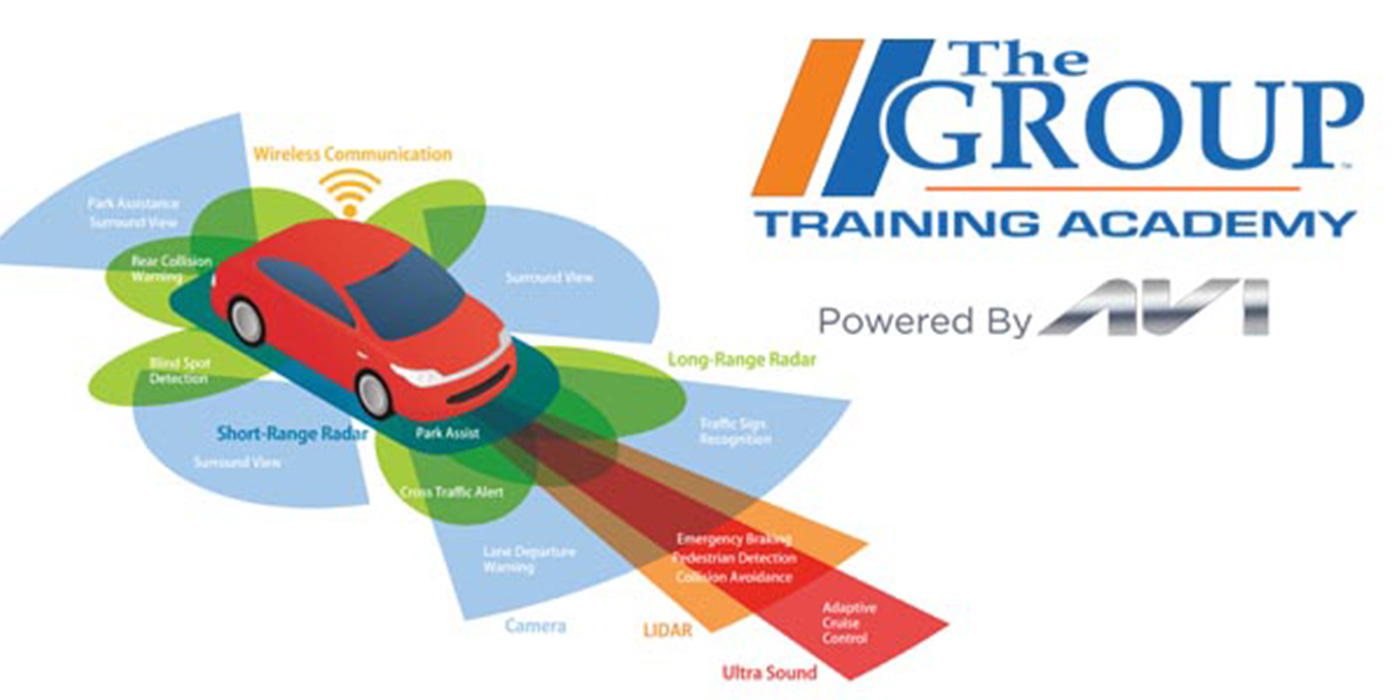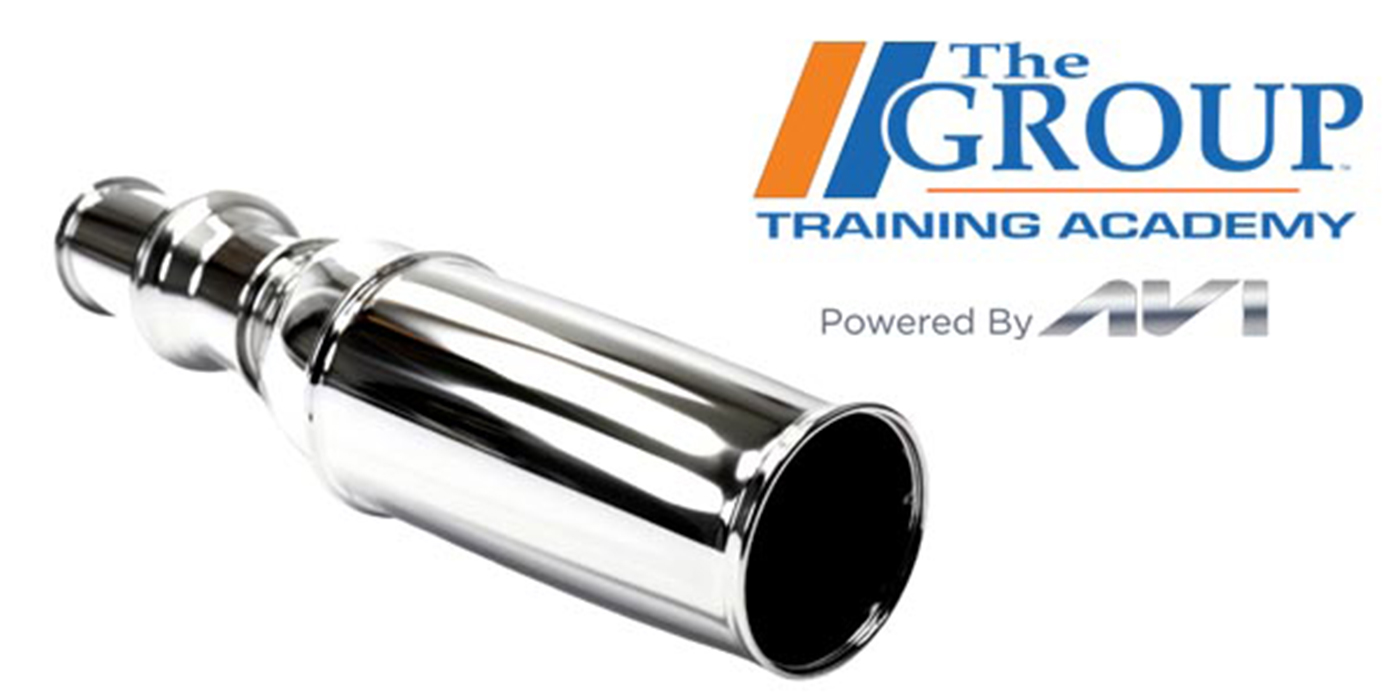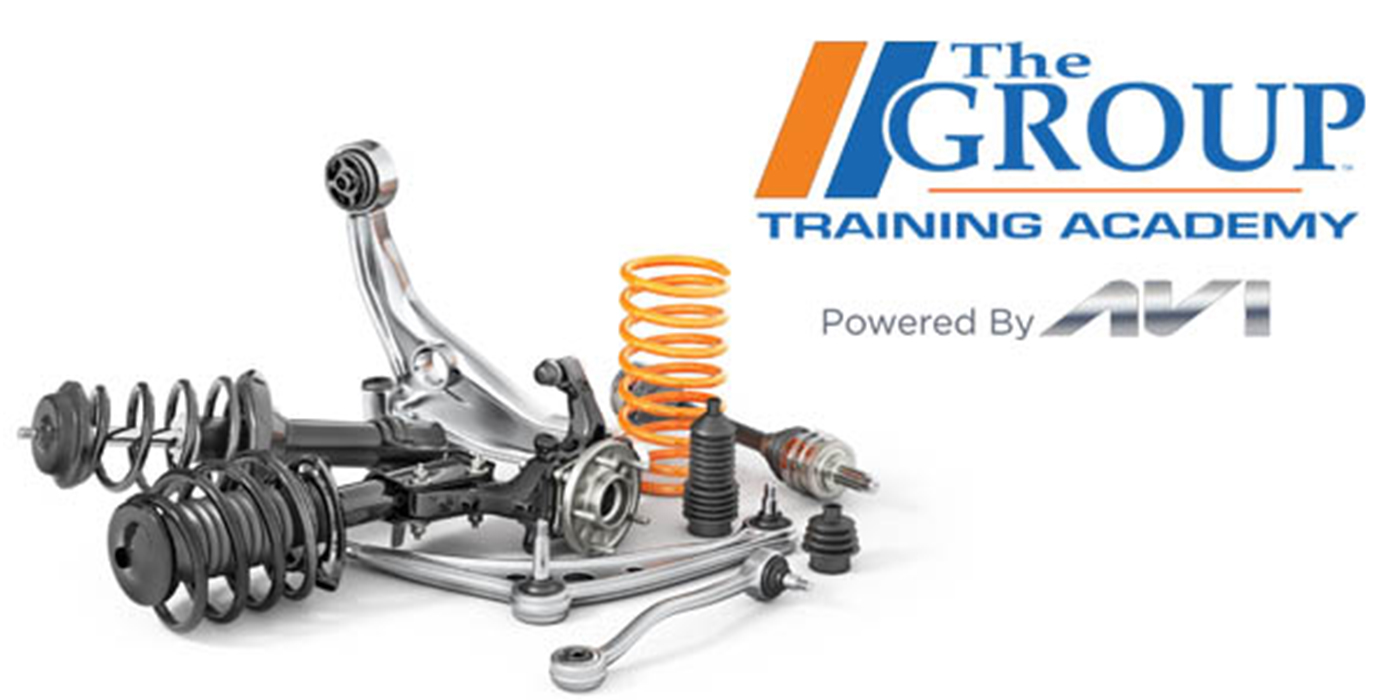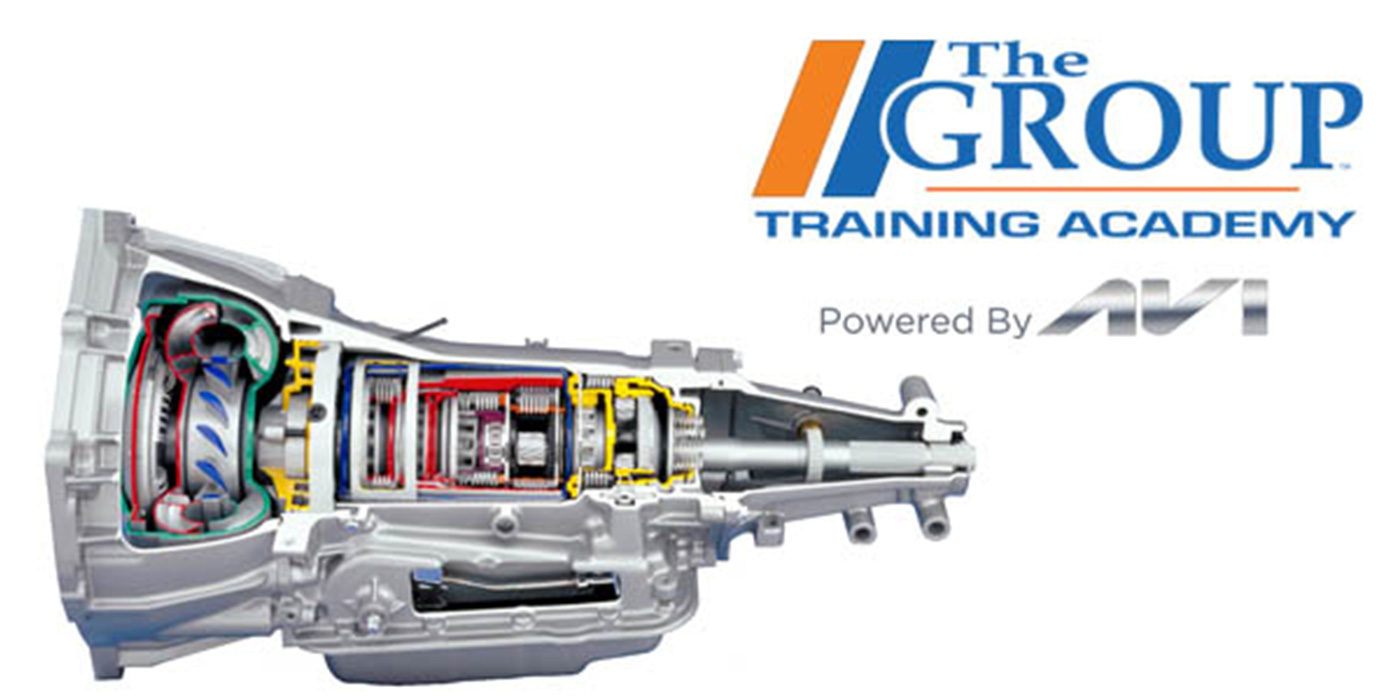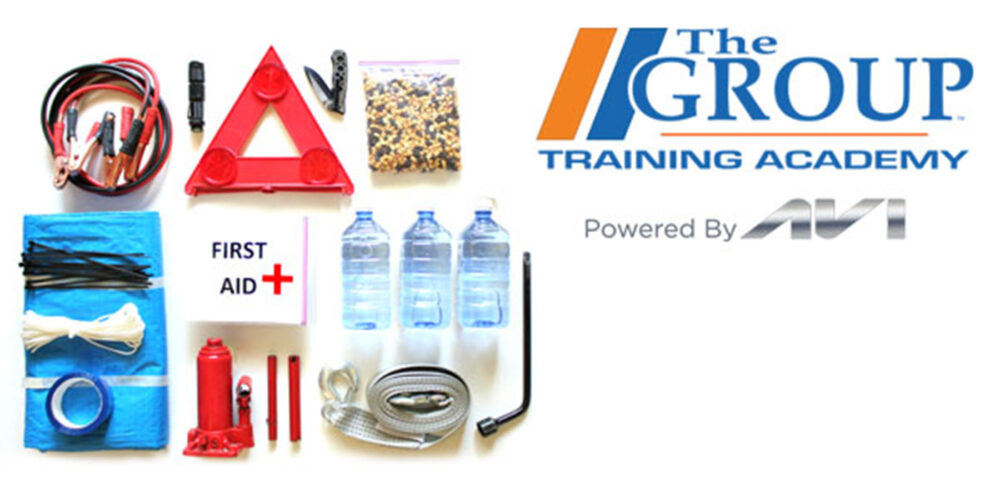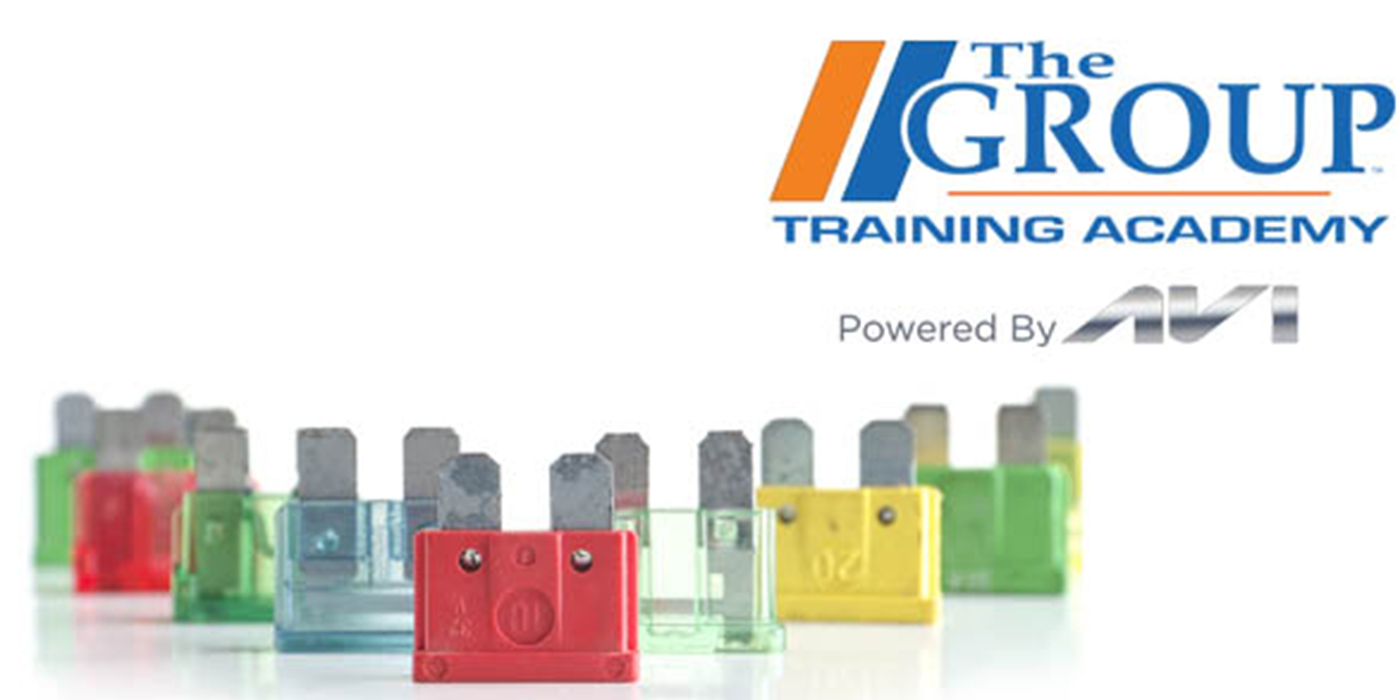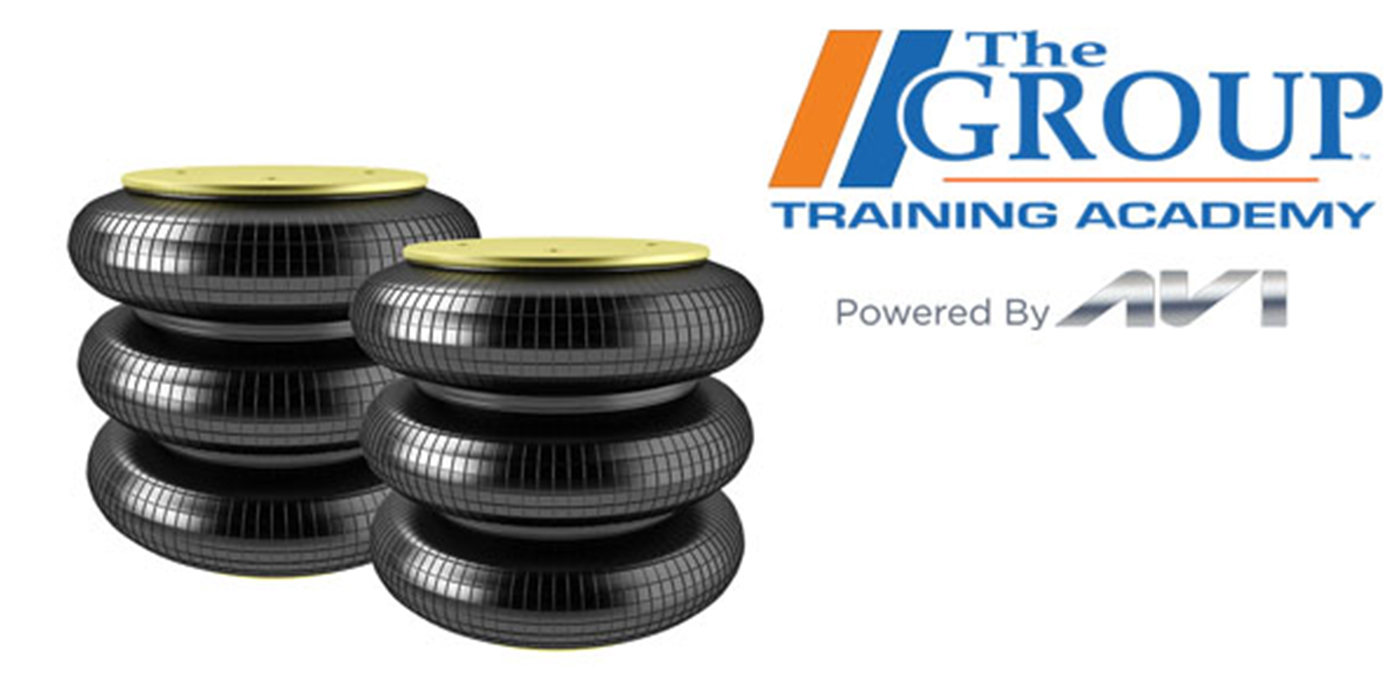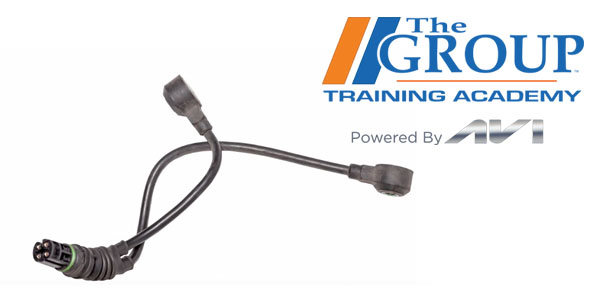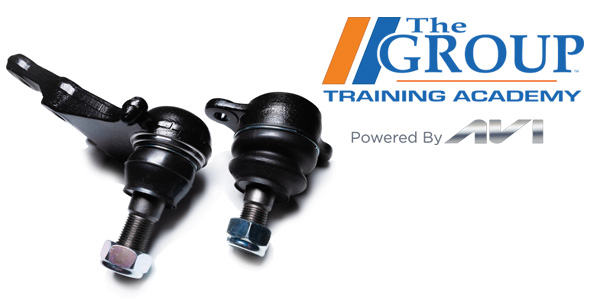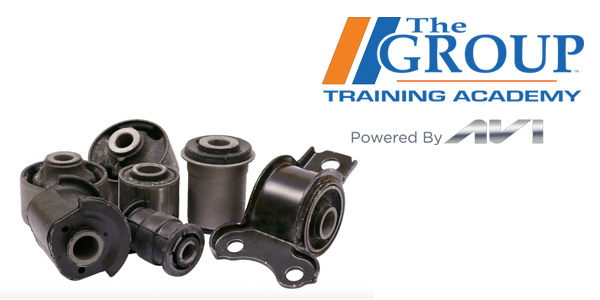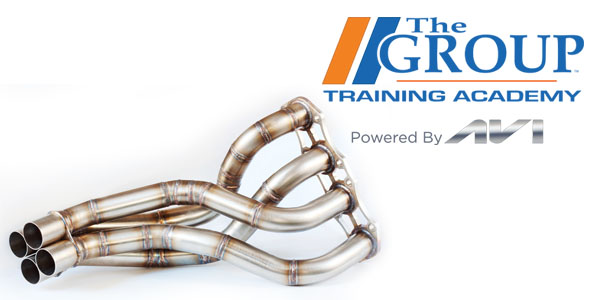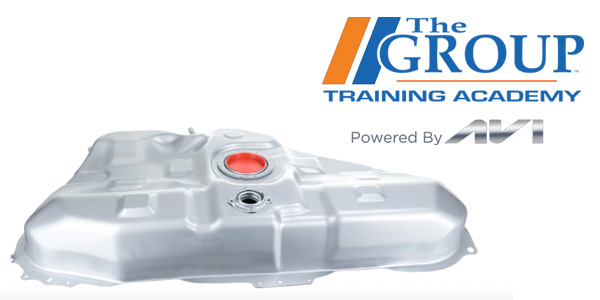How does our vehicle’s heating system keep us so toasty warm in the colder months? At the core of the system is a part called the heater core. It’s not a very large part – actually it’s about 1/10th the size of the vehicle’s radiator. Even though it’s small in size, it’s big on output.
Heater cores are usually made out of aluminum or mild steel. Older cores were brass and today, stainless-steel cores are available for some applications. The most common failure mode for the core is rotting of the tubes and starting to leak. This is a challenging repair because the core is usually buried behind the dash of the vehicle. Sometimes the leaking core delivers the leaked fluid to the passenger compartment floor, causing a significant clean-up process.
The heater core actually functions as sort of a reverse radiator. It looks very similar to a small radiator. It has fins that surround tubes. These fins are mechanically attached to the tube. This means they’re in actual contact with the tubes. This allows for the immediate heat transfer from the tube to the fins. Because there are so many fins, there’s an increase in surface area that is now heated. The greater surface area of the fins allows much more heat to be extracted from the fins. This process usually goes on inside a heater box or a larger chamber if the vehicle has air conditioning. The AC evaporator and the heater core are usually housed in the same area so they can both use the same blower to move air across their surfaces.
If the heater core is part of a newer or more technically advanced system, there can be a heater control valve in the system. This valve can be used to allow hot coolant to pass thru the core or restrict it during warm up or times when no heat is required. On systems that have ATC or automatic temperature control, the blend doors in the system take care of moderating the temperature being put into the vehicle.
The heater core also supplies the warm air for defrosting. This warm air is directed to the forward dash panel and used to defrost the ice and snow. On an AC vehicle, the evaporator and compressor are running to dry the air in the defrost mode.
That’s a big set of tasks for such a little part, but the heater core has been up to the challenge for many years.
This video is sponsored by the Pronto Network.

